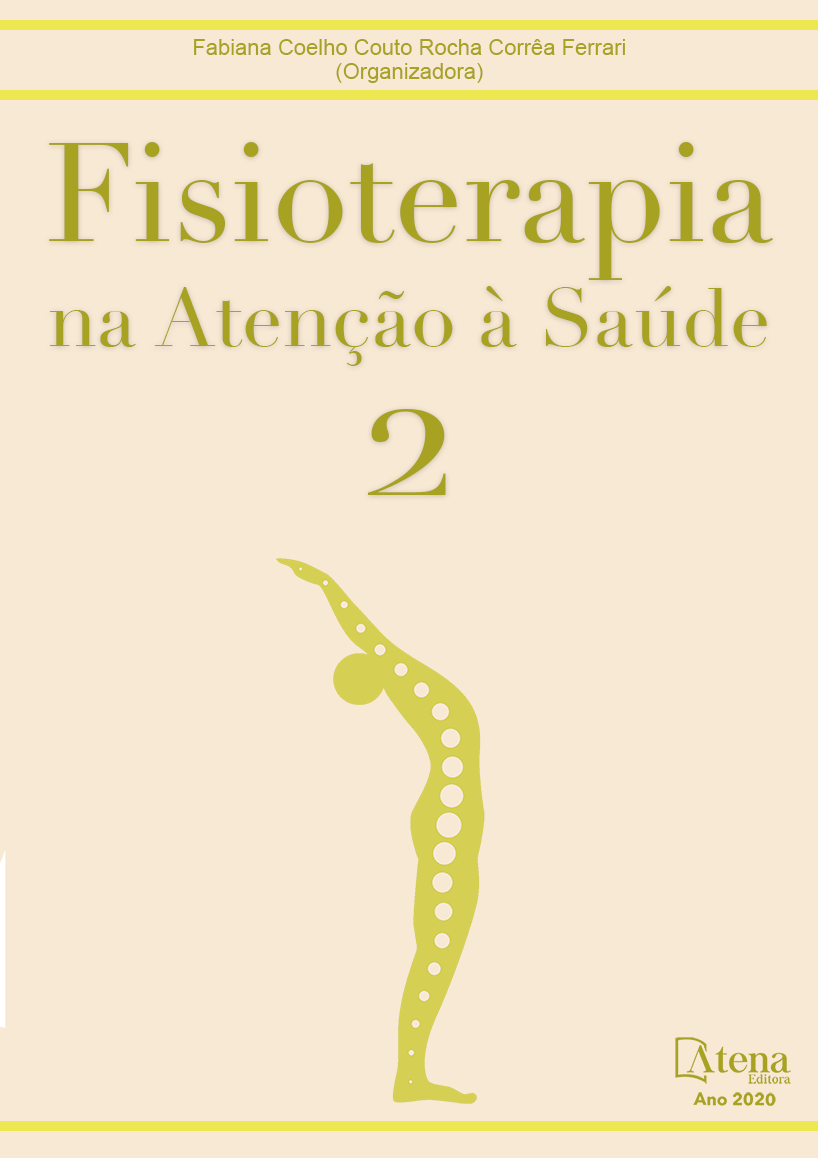
ABORDAGEM FISIOTERAPÊUTICA EM INDIVÍDUO ADULTO COM DOENÇA DE ALEXANDER
A doença de Alexander é um tipo de leucodistrofia rara do sistema nervoso central que geralmente é fatal, originalmente definido pela neuropatologia característica, que consiste em abundantes fibras de Rosenthal dentro do citoplasma e processos de astrócitos (MESSING et al, 2018). Do ponto de vista clínico, a doença tem três formas, infantil, juvenil e adulta, sendo a primeira de pior prognóstico (GÓMEZ-PINEDO et al, 2017). Objetivos: Avaliar a resposta de equilíbrio à intervenção fisioterapêutica em paciente com sequela da doença de Alexander em indivíduo adulto. Métodos: Paciente do sexo masculino, 39 anos, com diagnóstico clínico de doença de Alexander e hemiplegia à direita, utilizava muleta canadense unilateral esquerda e faixa elástica para estabilizar o tronco. Na admissão foi aplicada a Balance Scale revelando um alto risco de queda. Os objetivos e condutas envolviam fortalecimento, equilíbrio e coordenação. As intervenções tiveram uma frequência de 3 vezes por semana e duração de 50 minutos, com um total de 23 atendimentos. Resultados: O paciente adquiriu melhor controle de tronco em pé e sentado sem apoio, mais segurança em realizar transferências posturais possibilitando a troca da muleta canadense por uma bengala de quatro apoios. Na avaliação final, o resultado da Balance Scale saiu de um score inicial de 28 para 43 pontos, mostrando melhora do equilíbrio. Conclusão: A abordagem fisioterapêutica aplicada nesse caso foi capaz de obter ganhos de equilíbrio na fase adulta na doença de Alexander.
ABORDAGEM FISIOTERAPÊUTICA EM INDIVÍDUO ADULTO COM DOENÇA DE ALEXANDER
-
DOI: 10.22533/at.ed.2792018088
-
Palavras-chave: Fisioterapia, Doença de Alexander, Equilíbrio.
-
Keywords: Physiotherapy, Alexander's disease, Balance,
-
Abstract:
Alexander's disease is a rare type of central nervous system leukodystrophy that is usually fatal, originally defined by Characteristic neuropathology, consisting of abundant Rosenthal fibers within the cytoplasm and astrocytes processes (MESSING et al, 2018). From a clinical point of view, the disease has three forms, infant, juvenile and adult, being the first with the worst prognosis (GÓMEZ-PINEDO et al, 2017). Objectives: To evaluate the balance response to physical therapy intervention in a patient with sequelae of Alexander's disease in an adult individual. Methods: Male patient, 39 years old, with clinical diagnosis of Alexander's disease and hemiplegia on the right, used a left unilateral Canadian crutch and elastic band to stabilize the trunk. On admission, the Balance Scale was applied, revealing a high risk of falling.The objectives and conducts involved strengthening, balancing and coordination. The interventions had a frequency of 3 times a week and duration of 50 minutes, with a total of 23 calls. Results: The patient acquired better control of trunk standing and sitting without support, more safety in performing postural transfers enabling the exchange of the Canadian crutch for a cane of four supports. In the final evaluation, the balance scale result went from an initial score of 28 to 43 points, showing improved balance. Conclusion: The physiotherapeutic approach applied in this case was able to achieve balance gains in adulthood in Alexander's disease.
-
Número de páginas: 6
- Adriana Cavalcanti de Macêdo Matos
- Celina Araújo Veras
- Tiago Pereira de Amorim Costa
- Kendla Costa Lima
- Luana de Morais Silva
- Jade Gabrielle do Vale Morais Silva
- Kiara Vanyse Pereira Machado
- Maria das Graças da Silva


